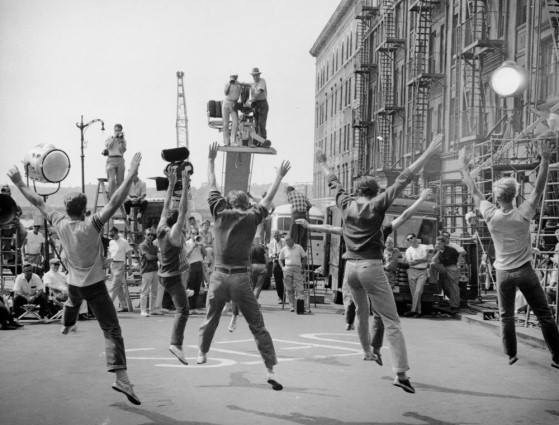Advertisements are a great source of illustrations of social and cultural history. They show what people were interested in and what they valued. Advertisements exemplify how much knowledge the public had about the things they were buying. They are snapshots of culture in a shorter, more concentrated, sense. Observing advertisements through time show change through a social first-person narrative. When you combine “advertisements” and “New York City,” what’s the first place you think of?
Times Square has been an iconic part of New York City since the beginning of the 1900s. In 1903, a skyscraper was being built and the New York Times newspaper made it their home for almost a decade, giving Times Square the name we know today.
In just five years, this was an iconic location in the city. In 1908, people gathered to watch an outdoor movie screening in the square. In comparison, today millions of people rush to this same place to watch the iconic ball on Times Square on New Year’s Eve.
By 1915, Times Square was shining bright with mesmerizing lights and fascinating advertisements. The themes of the ads were not much different from today. Coca-Cola was front row center and others tagged along like car and alcohol companies.
The two advertisements that paved the road to 3D commercials and blazing neon lights were iconic and impressive, even today. In 1936, Wrigley designed a whole street-wide commercial with colorful neon lights that made you look at them from every angle of Times Square. This million-dollar investment created a great path for investors and advertisers that aimed at making their advertisements truly breath-taking and impossible to take your eyes off of. In the same way, Camel created a catchy 3D commercial that showed a happy man blowing smoke from his Camel cigarette. The ad was effective for over two decades before advertising cigarettes became illegal. It served its purpose perfectly, making it thought-provoking and quite fascinating, thinking about how they made real smoke come out of the billboard!
From here on, the situation with Times Square escalated quickly to become what we know today. In almost every single picture of Times Square, Coca-Cola is present. This year, they didn’t go by unrecognized; they released the first 3D robotic sign commercial, where the billboard screen comes to life as individual little screens move and change their colors and images.
Although advertisements in Times Square have a bad name amongst New Yorkers today, they were quite impressive one hundred years ago. We can’t blame people for being fascinated with such technological advances at the time. However, today most people who live in New York avoid this landmark. The advertisements and commercials have become overwhelming and the zombie people that walk slowly with their heads up to observe them give off an eerie feeling.
This brings me to the idea that all things are good in moderation. The excitement and infatuation with bigger advertisements, higher profits, brighter lights, bigger screens, has come to a point of an overwhelming saturation. The example with Times Square can be applied all throughout the city. The reasonable limit has been crossed with everything from the subway to the traffic creating an uncomfortable living situation for New Yorkers.
This metropolitan city has reached a peak in its development and instead of continuing in this direction, maybe it’s time to step back and appreciate what we have. If this continues, the city will reach a point of malfunction. The advertisements in Time Square are an example of the inspiration that this city offers; people get excited and motivated and begin thriving in the great New York. However, Times Square is also an example of what New Yorkers are beginning to avoid. Perhaps we should focus on the place that New Yorkers run off to. What places offer escape? How can we incorporate elements from these places into the craziness of our city life?
Ellen Stoyanov






































